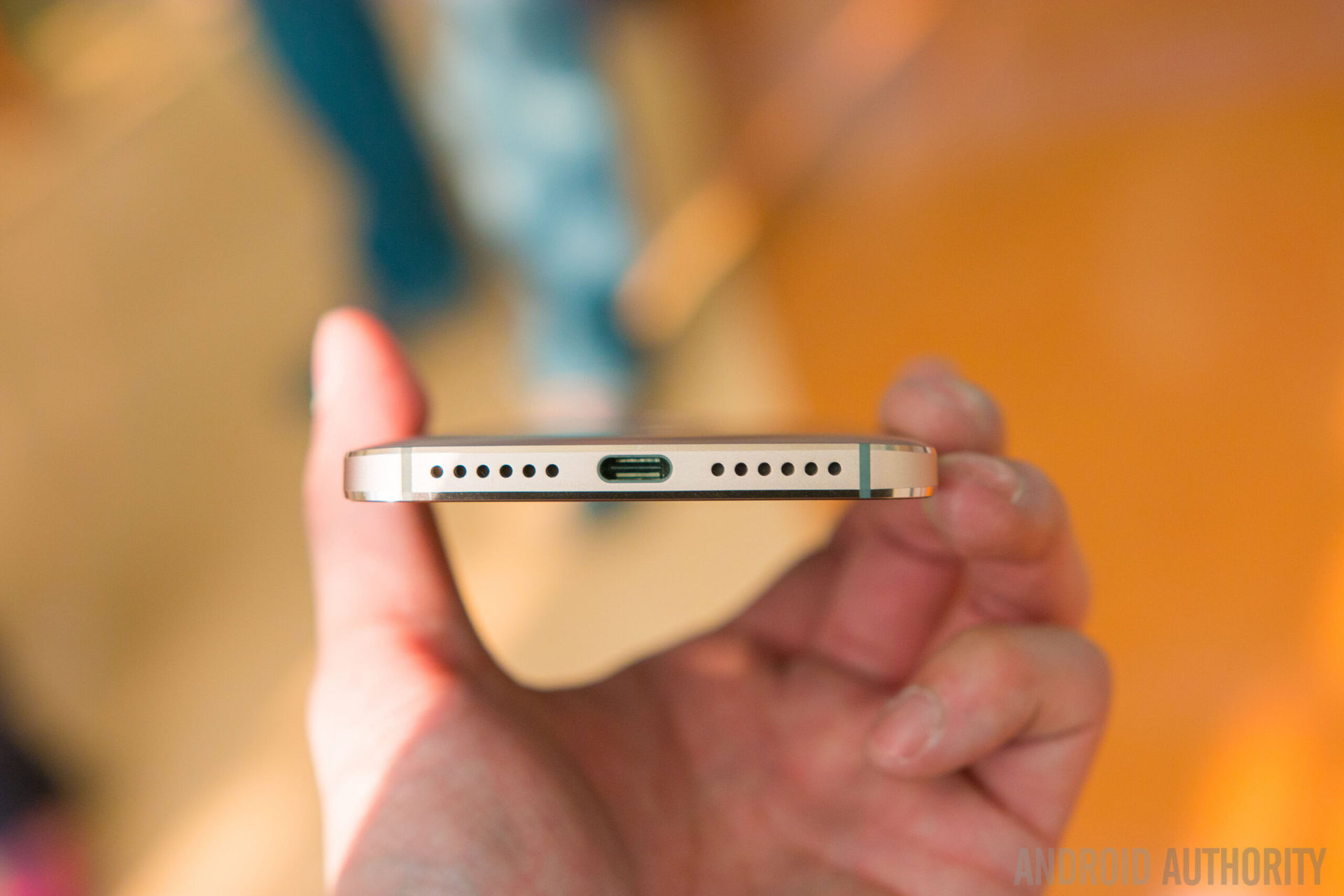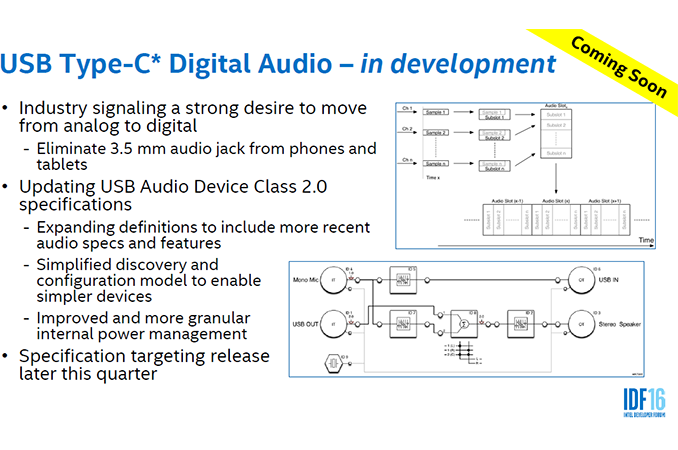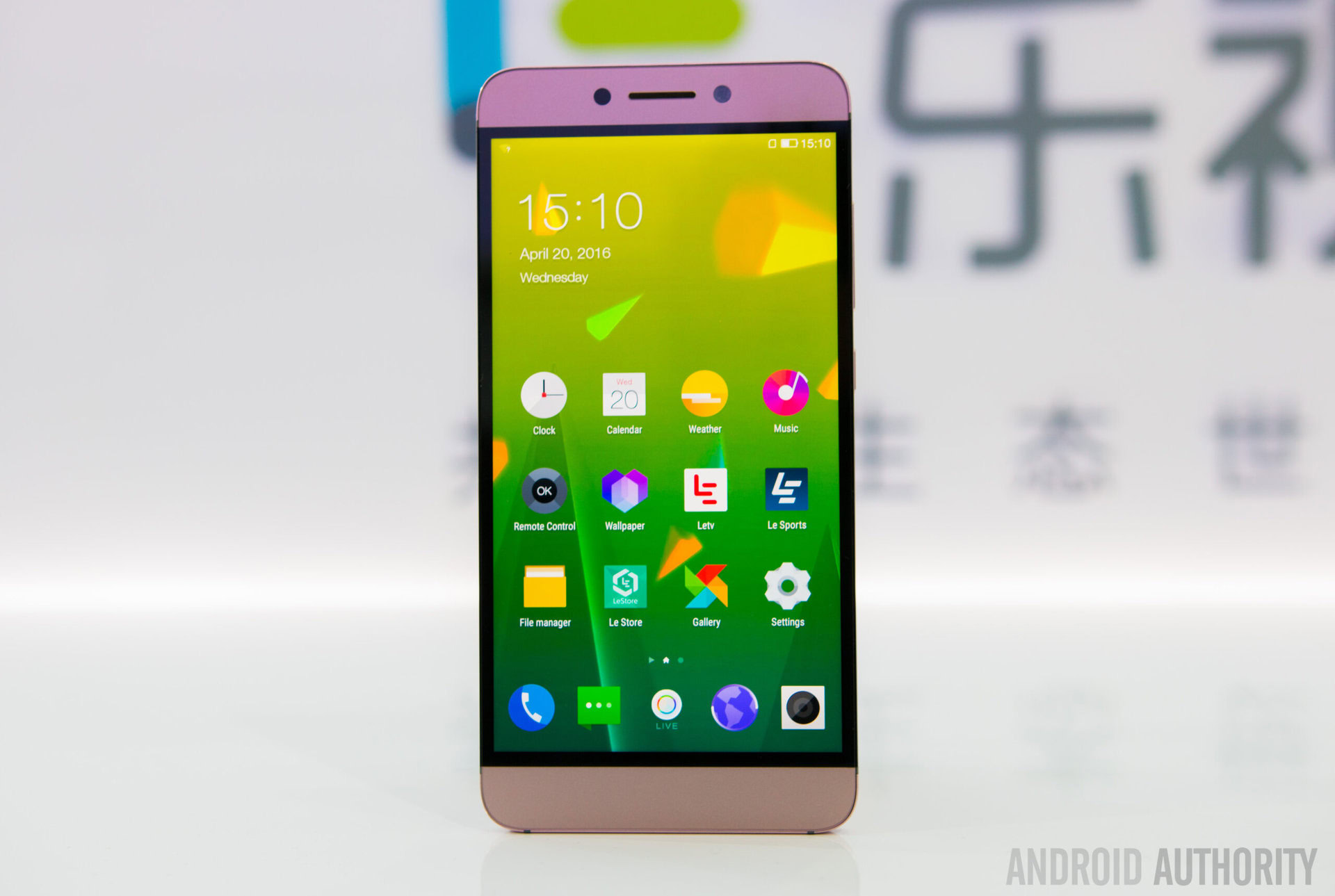Affiliate links on Android Authority may earn us a commission. Learn more.
Intel to propose a USB Type-C audio specification
Published onApril 27, 2016

The gradually emerging USB Type-C connector already covers faster data transfers and charging, and we have already seen the first smartphone and headphone manufactuers attempt to use the new connector as an audio port. Android has supported USB DACs since version 5.0 and LeEco has just unveiled the first smartphones that don’t feature a traditional audio jack at all. It’s looking like USB audio could become much more widespead and even a de facto standard as some point in the future, as Intel is preparing a USB Type-C digital audio specification too.
Speaking at IDF Shenzhen, Intel unveiled some of its early plans for Type-C digital audio and what this could bring to consumers. The proposed specification sets out a number of goals, including replacing the common 3.5mm jack with either an analog or digital USB alternative, promoting the move from analog to digital, and offering new digital content and value for higher-end products. Interestingly, the USB Type-C connector already contains two side-band pins, named SBU1 and SBU2, that can be used to transfer analog audio signals when the host device is put into audio adapter accessory mode. This mode specifies that it shouldn’t interfere with other digital data or power transfers over USB, but I’m not sure that audio purists will be too happy about having the audio path shoved right next to noisy digital components. Really, the main aim is to see audio accessories switch over to the digital domain.
Intel is busy finalizing its USB Type-C Digital Audio technology, which should be ready before the end of the second quarter. Intel isn’t particularly forthcoming with the exact details, but we do know that the specification is designed to support additional audio formats, improve power management, and add new discovery and configuration models for compatible devices. The company also wants to ensure that the specification is backwards compatible with USB Audio 1.0 and 2.0.

Of course such a switch over to digital would be a rather large change for consumers. The current 3.5mm audio connector that you’ll find in your smartphone, laptop, and pretty much most pieces of consumer audio equipment built over the past decade is used to transfer an analog signal right to your headphones, while switching over to a digital transmission would mean that digital-to-analog and amplifier components would move over to the headphones. This would instantly have an impact on cost, especially in lower end products, and quality could vary quite widely. Intel is also proposing the use of dedicated multi-function processing units (MPUs) inside headphones to handle various digital effects, including echo and noise suppression, which could add some value to higher-end products. The upside is that these software features could be upgraded over time, although these options can already be provided on smartphones and laptops.

There is clearly a growing effort to absorb audio into the USB Type-C specification, but it is probably going to be a hard sell to many consumers, who may not want to give up their existing equipment simply to use a new connector. We’ve already seen some design problems crop up too, such as the inability to charge up a phone and listen to audio at the same time, which will need to be addressed rather quickly. Audio enthusiasts will certainly be watching this development with interest.